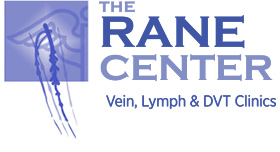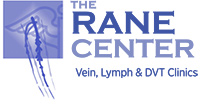What To Know About Venous Stents
Stents are made of metal, commonly high grade steel or nitenol. Like a spring, the stent can be compressed and squeezed into a catheter of a size smaller than a straw. The vein is entered by a needle stick in the thigh while the patient is under general anesthesia. A guidewire is slipped into the vein with a catheter then threaded over the guidewire to the area where the vein is blocked. The blockage in the vein is first dilated by a balloon. Unfortunately the area dilated by the balloon usually will collapse and become narrow again because the vein is elastic like a rubber band. To prevent the vein walls from moving back to its original narrowed position, it is necessary to insert a stent into the vein. Once the compressed stent is placed it springs back to its original size, which can be half an inch or more in diameter. The stent creates an inner circular tube, which helps to keep the vein open. The final site of the stent is commonly in the abdominal veins that drain the leg circulation. Usually the stents are placed in the pelvic veins above the groin skin crease, but sometimes the lower tip of the stent may extend below the groin into the thigh veins. Sometimes several stents are inserted to cover the entire area, which is blocked.
The side effects of stenting are few and usually minor. Since veins do not carry sensation, the stents should not be felt by the patient. A sensation of pulling or tugging in the area is caused by tissue swelling or muscle spasm, but not directly caused by the stent. This is generally harmless. Some patients may experience moderate back pain which responds to medication and exercise. If back pain does not respond to this medication or persists call your doctor.
Bruising or discoloration of the thigh around the needle stick is common and may not appear until a few days after surgery in some cases. This bruising is usually harmless and should spontaneously heal. Cold or warm packs as preferred may be applied to the area if bruising is extensive. Aspercreme® may also be rubbed over the area two or three times a day for relief. If excessive swelling or pain is associated with discoloration, call your doctor.
How to Care For Your Venous Stent
1. You can take a shower or bathe anytime after discharge, and clean the incision with soap and dry. If steri-strips are present leave them in place. The steri-strips will come off by themselves or may be removed the next day. Apply a Band-Aid, if desired.
2. For back pain or tenderness at the stick site, you may take Advil® or Motrin® 400mg by mouth every 8 hours for the first 3-5 days post-op.
3. Return to full activity level just as before surgery. Exercise is good. Briskly walk a mile every day. If you have swelling, elevate the leg when sitting.
4. If the physician has ordered Circaid® legging or compression stocking, wear it during the entire day (from morning until evening) and take it off at bedtime.
5. If a leg ulcer is present, continue the ulcer care as previously instructed.
6. If you have any additional questions or concerns do not hesitate to call the office.

